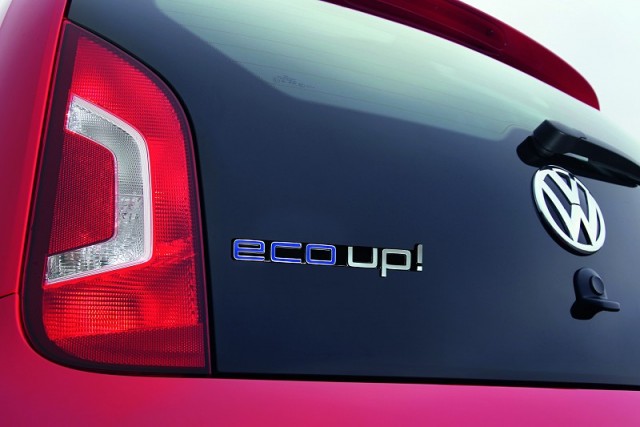Chairman of the Volkswagen Group, Dr Martin Winterkorn, speaking at the 34th International Vienna Motor Symposium, announced some of the technology planned for the group's vehicles. According to Dr Winterkorn the future includes ten-speed DSG transmission, plug-in hybrids and more use of natural gas.
One of Volkswagen's stated objectives is to reduce the European new car fleet average CO2 emissions to 95g/km by the year 2020. Since the year 2000 Volkswagen has reduced fuel consumption by 30% with the expectation that a further 15% improvement is possible in the next seven years. Enhancing the combustion process, lightweight design, optimisation of friction levels and thermal management are all expected to contribute to the improvements.
Natural gas is also seen as a route to environmentally friendly, sustainable motoring. Cars are already on sale in some markets, including the Golf TGI BlueMotion and Audi A3 g-tron, while the emissions can be as low as 79g/km for the new Volkswagen eco-up!. There is a need for infrastructure to distribute natural gas, but Winterkorn observed: "We need to make the public even more aware of the benefits of natural gas engines. Everyone needs to play their part in this: carmakers, politicians and the fuel industry."
Over the coming years Volkswagen plans to provide electric propulsion in all vehicle classes. In the medium term plug-in hybrid technology is the group's preferred choice of alternative drive system. This gives the advantage of electric propulsion for short journeys with conventional internal combustion available for longer trips. Plug-in versions of the Porsche Panamera and Audi A3 e-tron will go into production soon; with hybrid versions of the Golf, Passat, Audi A6 and Porsche Cayenne on the way.
Volkswagen also presented new technologies for diesel engines. Thanks to variable valvetrain assemblies, high pressure injection and combined charging with the e-booster (electric turbocharger) power outputs in the region of 136hp/litre are said to be possible.

